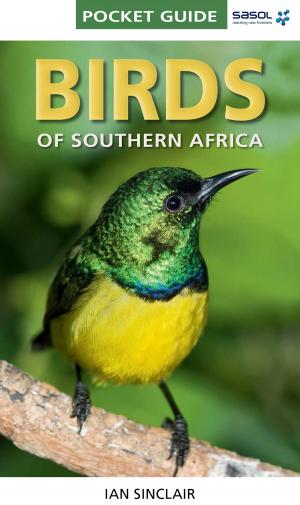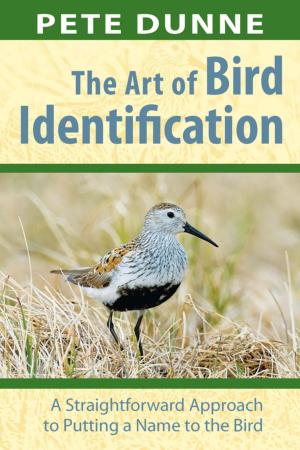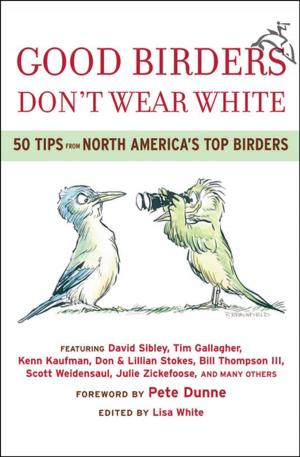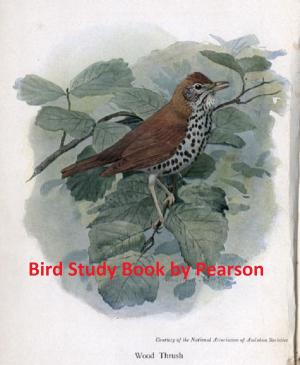Birds and Nature Vol. 9 No. 1 [January 1901]
Nonfiction, Science & Nature, Nature, Plant Life, Trees, Plants, Animals, Birds & Birdwatching| Author: | Various, William Kerr Higley | ISBN: | 1230000293767 |
| Publisher: | CHICAGO A. W. MUMFORD, Publisher | Publication: | January 28, 2015 |
| Imprint: | Language: | English |
| Author: | Various, William Kerr Higley |
| ISBN: | 1230000293767 |
| Publisher: | CHICAGO A. W. MUMFORD, Publisher |
| Publication: | January 28, 2015 |
| Imprint: | |
| Language: | English |
Example in his ebook
THE WHITE-WINGED CROSSBILL.
(Loxia leucoptera.)
The Crossbills, together with the finches, the sparrows, the grosbeaks, the redpolls, the goldfinches, the towhees, the cardinals, the longspurs, and the buntings, belong to that large family of perching birds called the Fringillidae, from the Latin word Fringilla, meaning a finch.
Mr. Chapman tells us, in his “Birds of Eastern North America,” that “this, the largest family of birds, contains some five hundred and fifty species, which are represented in all parts of the world, except the Australian region. Its members present a wide diversity of form and habit, but generally agree in possessing stout, conical bills, which are admirably adapted to crush seeds. They are thus chief among seed-eaters, and for this reason are not so migratory as insect-eating species.” Many of the birds most highly prized for the cage and as songsters are representatives of this family and many of the species are greatly admired for their beautiful coloring. The White-Winged Crossbill is a native of the northern part of North America, migrating southward into the United States during the winter months. Its technical name, Loxia leucoptera, is most appropriate and descriptive. The generic name Loxia is derived from the Greek loxos, meaning crosswise or slanting, and the specific name leucoptera is from two Greek works, meaning white and wing, and has reference to the white tips of the feathers of the wings. The common name, Crossbill, or, as the bird is sometimes called, Crossbeak, describes the peculiar structure of the bill which marks them as perhaps the most peculiar of our song birds. The bill is quite deeply cut at the base and compressed near the tips of the two parts, which are quite abruptly bent, one upward and the other downward, so that the points cross at an angle of about forty-five degrees. This characteristic gives this bird a parrot-like appearance. The similarity is heightened by the fact that these hook-like bills are used by the birds to assist in climbing from branch to branch.
The Crossbills are even parrot-like in captivity. Dr. Ridgway, in the “Ornithology of Illinois,” writes as follows regarding the habits of a pair: “They were very tame, and were exceedingly interesting little pets. Their movements in the cage were like those of caged parrots in every respect, except that they were far more easy and rapid. They clung to the sides and upper wires of the cage with their feet, hung down from them, and seemed to enjoy the practice of walking with their head downward. They were in full song, and both the male and female were quite good singers. Their songs were irregular and varied, but sweet and musical. They ate almost every kind of food, but were especially eager for slices of raw apple. Although while they lived they were continually bickering over their food, yet when the female was accidentally choked by a bit of egg shell her mate was inconsolable, ceased to sing, refused his food, and died of grief in a very few days.”
To be continue in this ebook
Example in his ebook
THE WHITE-WINGED CROSSBILL.
(Loxia leucoptera.)
The Crossbills, together with the finches, the sparrows, the grosbeaks, the redpolls, the goldfinches, the towhees, the cardinals, the longspurs, and the buntings, belong to that large family of perching birds called the Fringillidae, from the Latin word Fringilla, meaning a finch.
Mr. Chapman tells us, in his “Birds of Eastern North America,” that “this, the largest family of birds, contains some five hundred and fifty species, which are represented in all parts of the world, except the Australian region. Its members present a wide diversity of form and habit, but generally agree in possessing stout, conical bills, which are admirably adapted to crush seeds. They are thus chief among seed-eaters, and for this reason are not so migratory as insect-eating species.” Many of the birds most highly prized for the cage and as songsters are representatives of this family and many of the species are greatly admired for their beautiful coloring. The White-Winged Crossbill is a native of the northern part of North America, migrating southward into the United States during the winter months. Its technical name, Loxia leucoptera, is most appropriate and descriptive. The generic name Loxia is derived from the Greek loxos, meaning crosswise or slanting, and the specific name leucoptera is from two Greek works, meaning white and wing, and has reference to the white tips of the feathers of the wings. The common name, Crossbill, or, as the bird is sometimes called, Crossbeak, describes the peculiar structure of the bill which marks them as perhaps the most peculiar of our song birds. The bill is quite deeply cut at the base and compressed near the tips of the two parts, which are quite abruptly bent, one upward and the other downward, so that the points cross at an angle of about forty-five degrees. This characteristic gives this bird a parrot-like appearance. The similarity is heightened by the fact that these hook-like bills are used by the birds to assist in climbing from branch to branch.
The Crossbills are even parrot-like in captivity. Dr. Ridgway, in the “Ornithology of Illinois,” writes as follows regarding the habits of a pair: “They were very tame, and were exceedingly interesting little pets. Their movements in the cage were like those of caged parrots in every respect, except that they were far more easy and rapid. They clung to the sides and upper wires of the cage with their feet, hung down from them, and seemed to enjoy the practice of walking with their head downward. They were in full song, and both the male and female were quite good singers. Their songs were irregular and varied, but sweet and musical. They ate almost every kind of food, but were especially eager for slices of raw apple. Although while they lived they were continually bickering over their food, yet when the female was accidentally choked by a bit of egg shell her mate was inconsolable, ceased to sing, refused his food, and died of grief in a very few days.”
To be continue in this ebook
![Cover of the book Birds and Nature Vol. 9 No. 1 [January 1901] by Various, William Kerr Higley, CHICAGO A. W. MUMFORD, Publisher](https://www.kuoky.com/images/2015/january/500x500/1230000293767-wJWi_500x.jpg)














